1.Identification
1.1 GHS Product identifier
| Product name | 2-aminophenol |
|---|
1.2 Other means of identification
| Product number | - |
|---|---|
| Other names | Ortho Amino Phenol |
1.3 Recommended use of the chemical and restrictions on use
| Identified uses | For industry use only. |
|---|---|
| Uses advised against | no data available |
1.4 Supplier's details
| Company | MOLBASE (Shanghai) Biotechnology Co., Ltd. |
|---|---|
| Address | Floor 4 & 5, Building 12, No. 1001 North Qinzhou Road, Xuhui District, Shanghai, China |
| Telephone | +86(21)64956998 |
| Fax | +86(21)54365166 |
1.5 Emergency phone number
| Emergency phone number | +86-400-6021-666 |
|---|---|
| Service hours | Monday to Friday, 9am-5pm (Standard time zone: UTC/GMT +8 hours). |
2.Hazard identification
2.1 Classification of the substance or mixture
Acute toxicity - Oral, Category 4
Acute toxicity - Inhalation, Category 4
Germ cell mutagenicity, Category 2
2.2 GHS label elements, including precautionary statements
| Pictogram(s) | 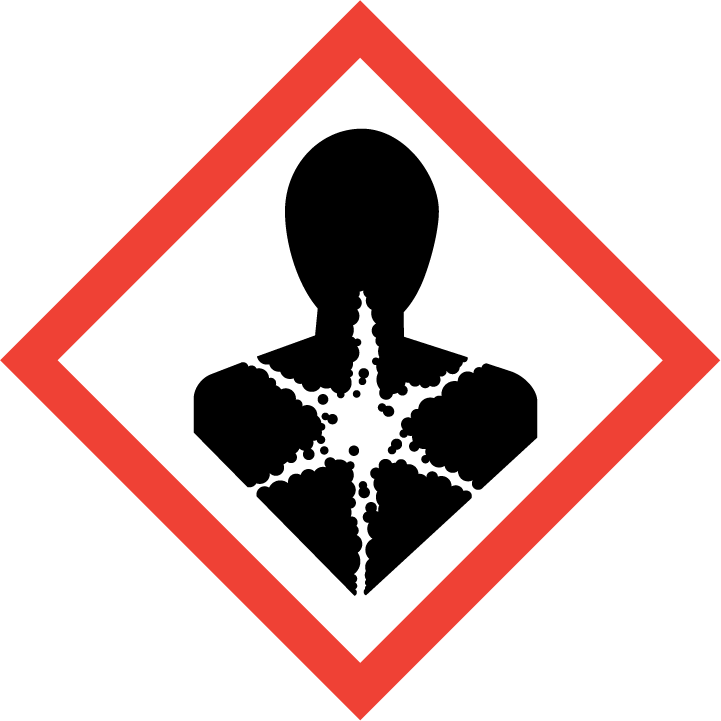 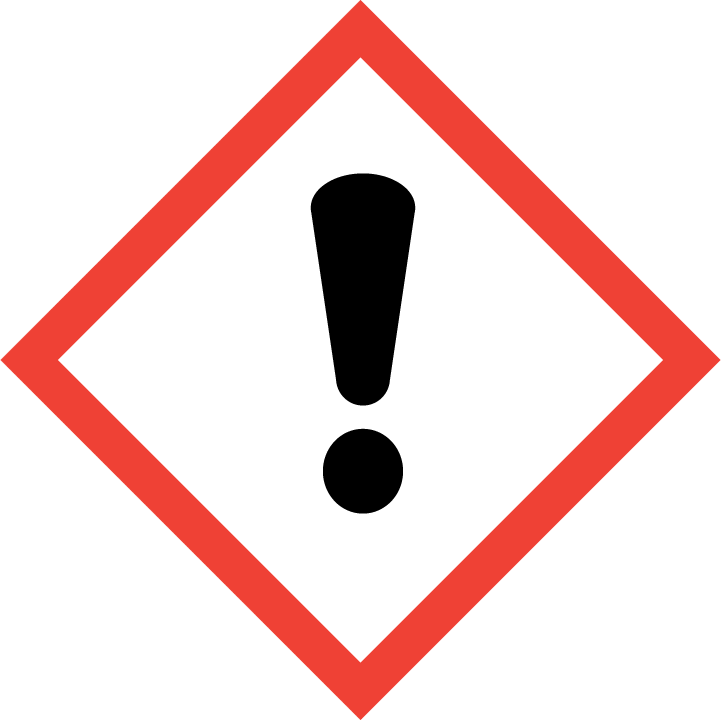 |
|---|---|
| Signal word | Warning |
| Hazard statement(s) | H302 Harmful if swallowed H332 Harmful if inhaled H341 Suspected of causing genetic defects |
| Precautionary statement(s) | |
| Prevention | P264 Wash ... thoroughly after handling. P270 Do not eat, drink or smoke when using this product. P261 Avoid breathing dust/fume/gas/mist/vapours/spray. P271 Use only outdoors or in a well-ventilated area. P201 Obtain special instructions before use. P202 Do not handle until all safety precautions have been read and understood. P280 Wear protective gloves/protective clothing/eye protection/face protection. |
| Response | P301+P312 IF SWALLOWED: Call a POISON CENTER/doctor/…if you feel unwell. P330 Rinse mouth. P304+P340 IF INHALED: Remove person to fresh air and keep comfortable for breathing. P312 Call a POISON CENTER/doctor/…if you feel unwell. P308+P313 IF exposed or concerned: Get medical advice/ attention. |
| Storage | P405 Store locked up. |
| Disposal | P501 Dispose of contents/container to ... |
2.3 Other hazards which do not result in classification
none
3.Composition/information on ingredients
3.1 Substances
| Chemical name | Common names and synonyms | CAS number | EC number | Concentration |
|---|---|---|---|---|
| 2-aminophenol | 2-aminophenol | 95-55-6 | none | 100% |
4.First-aid measures
4.1 Description of necessary first-aid measures
General advice
Consult a physician. Show this safety data sheet to the doctor in attendance.
If inhaled
Fresh air, rest. Refer for medical attention.
In case of skin contact
Rinse and then wash skin with water and soap.
In case of eye contact
First rinse with plenty of water for several minutes (remove contact lenses if easily possible), then refer for medical attention.
If swallowed
Rinse mouth. Give a slurry of activated charcoal in water to drink. Refer for medical attention .
4.2 Most important symptoms/effects, acute and delayed
SYMPTOMS: Symptoms of exposure to this compound include redness of the skin, coughing, and nausea. ACUTE/CHRONIC HAZARDS: Very toxic. May cause irritation on contact. Hazardous decomposition.
4.3 Indication of immediate medical attention and special treatment needed, if necessary
Immediate first aid: Ensure that adequate decontamination has been carried out. If patient is not breathing, start artificial respiration, preferably with a demand-valve resuscitator, bag-valve-mask device, or pocket mask, as trained. Perform CPR as necessary. Immediately flush contaminated eyes with gently flowing water. Do not induce vomiting. If vomiting occurs, lean patient forward or place on left side (head-down position, if possible) to maintain an open airway and prevent aspiration. Keep patient quiet and maintain normal body temperature. Obtain medical attention. /Aniline and related compounds/
5.Fire-fighting measures
5.1 Extinguishing media
Suitable extinguishing media
Use dry chemical, carbon dioxide, or alcohol foam extinguishers. Vapors are heavier than air and will collect in low areas. Vapors may travel long distances to ignition sources and flashback. Vapors in confined areas may explode when exposed to fire. Storage containers and parts of containers may rocket great distances, in many directions. If material or contaminated runoff enters waterways, notify downstream users of potentially contaminated waters. Notify local health and fire officials and pollution control agencies. From a secure, explosion-proof location, use water spray to cool exposed containers. If cooling streams are ineffective (venting sound increases in volume and pitch, tank discolors or shows any signs of deforming), withdraw immediately to a secure position ... The only respirators recommended for fire fighting are self-contained breathing apparatuses that have full facepieces and are operated in a pressure-demand or other positive-pressure mode. /Anisidines/
5.2 Specific hazards arising from the chemical
Excerpt from ERG Guide 152 [Substances - Toxic (Combustible)]: Combustible material: may burn but does not ignite readily. Containers may explode when heated. Runoff may pollute waterways. Substance may be transported in a molten form. (ERG, 2016)
5.3 Special protective actions for fire-fighters
Wear self-contained breathing apparatus for firefighting if necessary.
6.Accidental release measures
6.1 Personal precautions, protective equipment and emergency procedures
Use personal protective equipment. Avoid dust formation. Avoid breathing vapours, mist or gas. Ensure adequate ventilation. Evacuate personnel to safe areas. Avoid breathing dust. For personal protection see section 8.
6.2 Environmental precautions
Personal protection: chemical protection suit and particulate filter respirator adapted to the airborne concentration of the substance. Do NOT let this chemical enter the environment. Sweep spilled substance into covered sealable containers. If appropriate, moisten first to prevent dusting. Carefully collect remainder. Then store and dispose of according to local regulations.
6.3 Methods and materials for containment and cleaning up
Spill handling: keep dust under control. Use a vacuum or wet method to reduce dust during clean-up. Do not sweep. Evacuate persons not wearing protective equipment from area of spill or leak until clean-up is complete. Remove all ignition sources. Collect powdered material in the most convenient and safe manner and deposit in sealed containers. Ventilate area after clean-up is complete. It may be necessary to contain and dispose of this chemical as a hazardous waste. If material or contaminated runoff enters waterways, notify downstream users of potentially contaminated waters. Contact your Department of Environmental Protection of your regional office of the federal EPA for specific recommendations. /Aminophenols/
7.Handling and storage
7.1 Precautions for safe handling
Avoid contact with skin and eyes. Avoid formation of dust and aerosols. Avoid exposure - obtain special instructions before use.Provide appropriate exhaust ventilation at places where dust is formed. For precautions see section 2.2.
7.2 Conditions for safe storage, including any incompatibilities
Store in an area without drain or sewer access. Well closed. Separated from oxidants and food and feedstuffs.Store in tightly closed containers in a cool, well-ventilated area. Aminophenols must be stored to avoid contact with strong oxidizers (such as chlorine, bromine, and fluorine), since violent reactions occur. /Aminophenols/
8.Exposure controls/personal protection
8.1 Control parameters
Occupational Exposure limit values
no data available
Biological limit values
no data available
8.2 Appropriate engineering controls
Handle in accordance with good industrial hygiene and safety practice. Wash hands before breaks and at the end of workday.
8.3 Individual protection measures, such as personal protective equipment (PPE)
Eye/face protection
Safety glasses with side-shields conforming to EN166. Use equipment for eye protection tested and approved under appropriate government standards such as NIOSH (US) or EN 166(EU).
Skin protection
Wear impervious clothing. The type of protective equipment must be selected according to the concentration and amount of the dangerous substance at the specific workplace. Handle with gloves. Gloves must be inspected prior to use. Use proper glove removal technique(without touching glove's outer surface) to avoid skin contact with this product. Dispose of contaminated gloves after use in accordance with applicable laws and good laboratory practices. Wash and dry hands. The selected protective gloves have to satisfy the specifications of EU Directive 89/686/EEC and the standard EN 374 derived from it.
Respiratory protection
Wear dust mask when handling large quantities.
Thermal hazards
no data available
9.Physical and chemical properties
| Physical state | Colorless to light yellow liqui |
|---|---|
| Colour | Crystals, rapidly becoming brown |
| Odour | no data available |
| Melting point/ freezing point | 172-177oC |
| Boiling point or initial boiling point and boiling range | 164oC (11 mmHg) |
| Flammability | Combustible. Gives off irritating or toxic fumes (or gases) in a fire. |
| Lower and upper explosion limit / flammability limit | no data available |
| Flash point | 168oC |
| Auto-ignition temperature | 190°C |
| Decomposition temperature | 170-174°C |
| pH | no data available |
| Kinematic viscosity | no data available |
| Solubility | In water:17 g/L (20 oC) |
| Partition coefficient n-octanol/water (log value) | no data available |
| Vapour pressure | 5X10-4 Hg at 25°C (est) |
| Density and/or relative density | 1.328 |
| Relative vapour density | (air = 1): 3.77 |
| Particle characteristics | no data available |
10.Stability and reactivity
10.1 Reactivity
no data available
10.2 Chemical stability
Crystals readily becoming gray on exposure to light /Hydrochloride/
10.3 Possibility of hazardous reactions
CombustibleO-AMINOPHENOL can react with oxidizing agents. THF forms explosive products with 2-aminophenol [Lewis 3227].
10.4 Conditions to avoid
no data available
10.5 Incompatible materials
Incompatible with acids, acid chlorides, and anhydrides, chloroformates, strong oxidizing agents.
10.6 Hazardous decomposition products
When heated to decomposition it emits toxic /nitroxides/.
11.Toxicological information
Acute toxicity
- Oral: LD50 Rat oral 1300 mg/kg
- Inhalation: no data available
- Dermal: no data available
Skin corrosion/irritation
no data available
Serious eye damage/irritation
no data available
Respiratory or skin sensitization
no data available
Germ cell mutagenicity
no data available
Carcinogenicity
no data available
Reproductive toxicity
no data available
STOT-single exposure
no data available
STOT-repeated exposure
no data available
Aspiration hazard
no data available
12.Ecological information
12.1 Toxicity
- Toxicity to fish: no data available
- Toxicity to daphnia and other aquatic invertebrates: no data available
- Toxicity to algae: no data available
- Toxicity to microorganisms: no data available
12.2 Persistence and degradability
AEROBIC: In a screening study using a soil inoculum and 2-aminophenol at 15 ppm, >64 days were required for total loss of UV absorbancy due to cleavage of the benzene ring(1). 2-Aminophenol, present at 100 mg/L, in an electrolytic respirometry screening test using an activated sludge inoculum, reached 45% of the theoretical BOD in 10 days(2). A rate constant of 0.279X10-2 per hour was measured for 2-aminophenol in a screening test using a non-adapted activated sludge inoculum(3). 2-Aminophenol, at 200 mg/L chemical oxygen demand reached 95% removal in 5 days in a screening test using acclimated activated sludge at 100 mg/L(4). Screening tests using activated sludge adapted to either phenol or a mixture of cresols reported rate constants of 1.86X10-3(5) and 6.73X10-3(6), respectively, for the biodegradation of 2-aminophenol.
12.3 Bioaccumulative potential
An estimated BCF of 3 was calculated in fish for 2-aminophenol(SRC), using a log Kow of 0.62(1) and a regression-derived equation(2). According to a classification scheme(3), this BCF suggests the potential for bioconcentration in aquatic organisms is low(SRC).
12.4 Mobility in soil
Using a structure estimation method based on molecular connectivity indices(1), the Koc of 2-aminophenol can be estimated to be 90(SRC). According to a classification scheme(2), this estimated Koc value suggests that 2-aminophenol is expected to have high mobility in soil. However, anilines are expected to bind strongly to humus or organic matter in soils due to the high reactivity of the aromatic amino group(3-4), suggesting that mobility may be much lower in some soils(SRC). Measured pKa values are 4.72 and 9.71(5), for the amine and hydroxy functional groups, respectively(6); 2-aminophenol is amphoteric and behaves either as a weak acid or weak base; the basic character usually predominates(5). At pH 8.4, 25.5% of added 2-aminophenol is sorbed by an organoclay(7). The sorptive capacity of clays for amine-substituted phenolic sorbate decreased with increasing pH above the corresponding pKa(8).
12.5 Other adverse effects
no data available
13.Disposal considerations
13.1 Disposal methods
Product
The material can be disposed of by removal to a licensed chemical destruction plant or by controlled incineration with flue gas scrubbing. Do not contaminate water, foodstuffs, feed or seed by storage or disposal. Do not discharge to sewer systems.
Contaminated packaging
Containers can be triply rinsed (or equivalent) and offered for recycling or reconditioning. Alternatively, the packaging can be punctured to make it unusable for other purposes and then be disposed of in a sanitary landfill. Controlled incineration with flue gas scrubbing is possible for combustible packaging materials.
14.Transport information
14.1 UN Number
| ADR/RID: UN2512 | IMDG: UN2512 | IATA: UN2512 |
14.2 UN Proper Shipping Name
| ADR/RID: AMINOPHENOLS (o-, m-, p-) |
| IMDG: AMINOPHENOLS (o-, m-, p-) |
| IATA: AMINOPHENOLS (o-, m-, p-) |
14.3 Transport hazard class(es)
| ADR/RID: 6.1 | IMDG: 6.1 | IATA: 6.1 |
14.4 Packing group, if applicable
| ADR/RID: III | IMDG: III | IATA: III |
14.5 Environmental hazards
| ADR/RID: no | IMDG: no | IATA: no |
14.6 Special precautions for user
no data available
14.7 Transport in bulk according to Annex II of MARPOL 73/78 and the IBC Code
no data available
15.Regulatory information
15.1 Safety, health and environmental regulations specific for the product in question
| Chemical name | Common names and synonyms | CAS number | EC number |
|---|---|---|---|
| 2-aminophenol | 2-aminophenol | 95-55-6 | none |
| European Inventory of Existing Commercial Chemical Substances (EINECS) | Listed. | ||
| EC Inventory | Listed. | ||
| United States Toxic Substances Control Act (TSCA) Inventory | Listed. | ||
| China Catalog of Hazardous chemicals 2015 | Listed. | ||
| New Zealand Inventory of Chemicals (NZIoC) | Listed. | ||
| Philippines Inventory of Chemicals and Chemical Substances (PICCS) | Listed. | ||
| Vietnam National Chemical Inventory | Not Listed. | ||
| Chinese Chemical Inventory of Existing Chemical Substances (China IECSC) | Listed. | ||
16.Other information
Information on revision
| Creation Date | Aug 17, 2017 |
|---|---|
| Revision Date | Aug 17, 2017 |
Abbreviations and acronyms
- CAS: Chemical Abstracts Service
- ADR: European Agreement concerning the International Carriage of Dangerous Goods by Road
- RID: Regulation concerning the International Carriage of Dangerous Goods by Rail
- IMDG: International Maritime Dangerous Goods
- IATA: International Air Transportation Association
- TWA: Time Weighted Average
- STEL: Short term exposure limit
- LC50: Lethal Concentration 50%
- LD50: Lethal Dose 50%
- EC50: Effective Concentration 50%
References
- IPCS - The International Chemical Safety Cards (ICSC), website: http://www.ilo.org/dyn/icsc/showcard.home
- HSDB - Hazardous Substances Data Bank, website: https://toxnet.nlm.nih.gov/newtoxnet/hsdb.htm
- IARC - International Agency for Research on Cancer, website: http://www.iarc.fr/
- eChemPortal - The Global Portal to Information on Chemical Substances by OECD, website: http://www.echemportal.org/echemportal/index?pageID=0&request_locale=en
- CAMEO Chemicals, website: http://cameochemicals.noaa.gov/search/simple
- ChemIDplus, website: http://chem.sis.nlm.nih.gov/chemidplus/chemidlite.jsp
- ERG - Emergency Response Guidebook by U.S. Department of Transportation, website: http://www.phmsa.dot.gov/hazmat/library/erg
- Germany GESTIS-database on hazard substance, website: http://www.dguv.de/ifa/gestis/gestis-stoffdatenbank/index-2.jsp
- ECHA - European Chemicals Agency, website: https://echa.europa.eu/




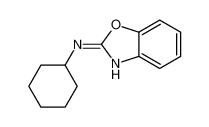
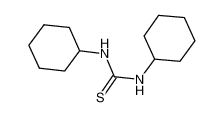

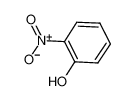



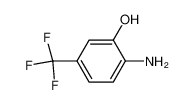






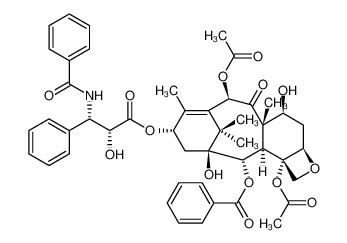

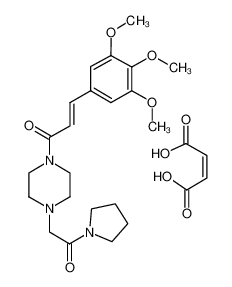
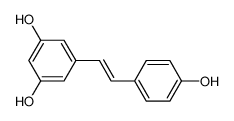

-
-
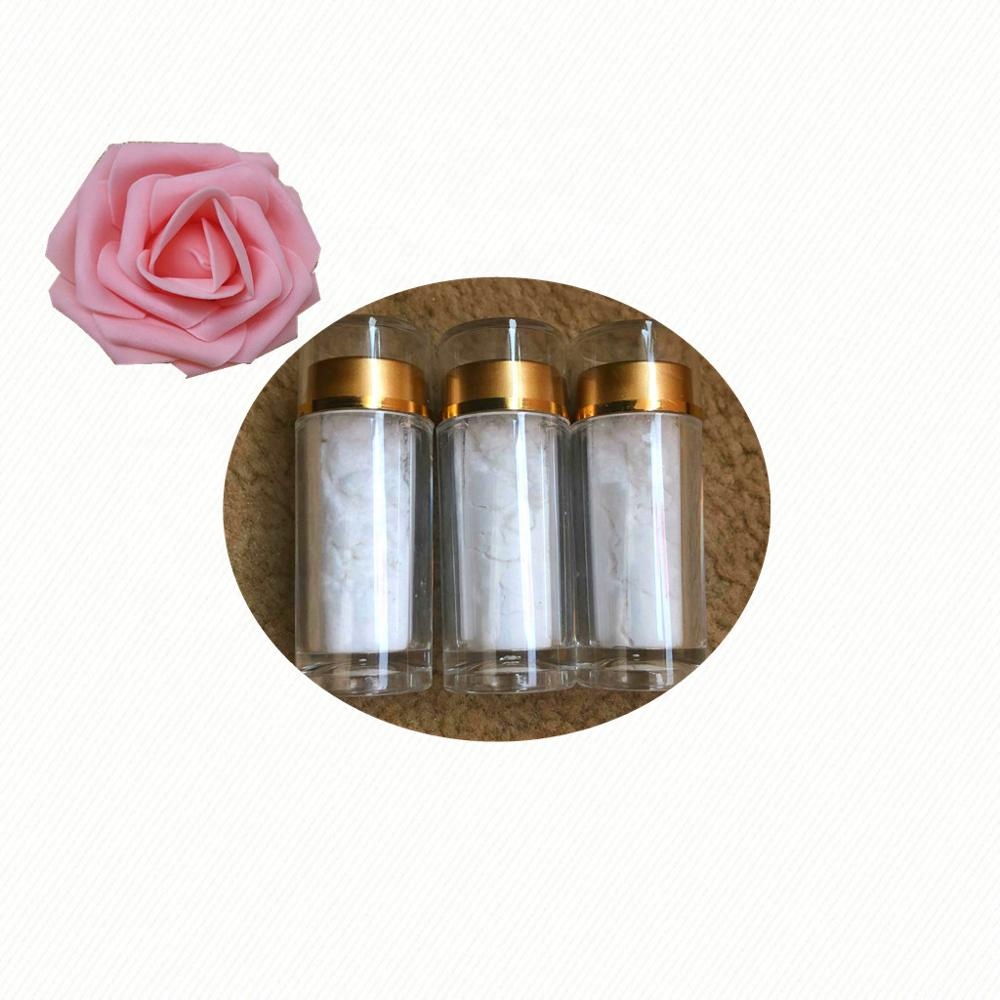
-
-
-

-
-
-

-
-
-

-
-
-
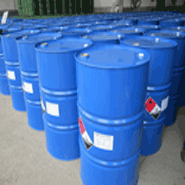
-
-
-

-
-
-

-
-
-

-
-
-
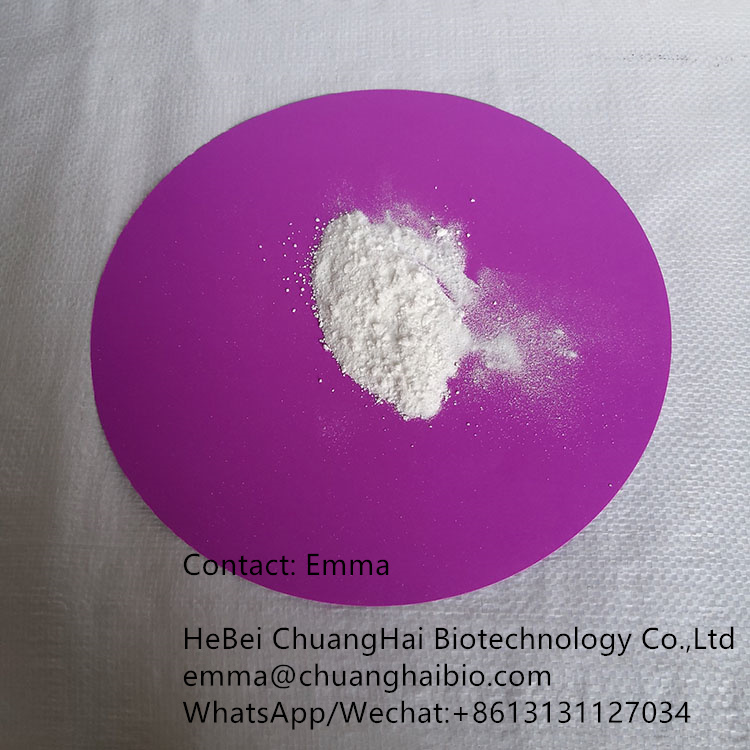
-
-
-

-
More Suppliers>>CHINA
Purity: 99%
Lead Time: 1 Day(s)
Price: -
Baoji Guokang Bio-Technology Co., Ltd
CHINA
Purity: 99%
Lead Time: 5 Day(s)
Price: -
Wenzhou Win-Win Chemical Co., Ltd.
CHINA
Purity: 98%
Lead Time: 3 Day(s)
Price: -
Hangzhou J&H Chemical Co., Ltd.
CHINA
Purity: 98%
Lead Time: 7 Day(s)
Price: -
Xiamen Zhixin Chemical Co., Ltd.
CHINA
Purity: 99%
Lead Time: 3 Day(s)
Price: -
Skyrun Industrial Co., Limited
CHINA
Purity: 99%
Lead Time: 7 Day(s)
Price: -
Hangzhou DayangChem Co., Ltd
CHINA
Purity: 98%
Lead Time: 7 Day(s)
Price: -
Hangzhou Bingochem Co., Ltd.
CHINA
Purity: 98%
Lead Time: 7 Day(s)
Price: -
CHINA
Purity: 99%
Lead Time: 3 Day(s)
Price: Min $100 /kg
Jiangxi Jianglan Pure Biological Reagent Co., Ltd.
CHINA
Purity: 99%
Lead Time: 3 Day(s)
Price: Min $178 /g